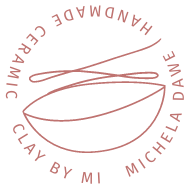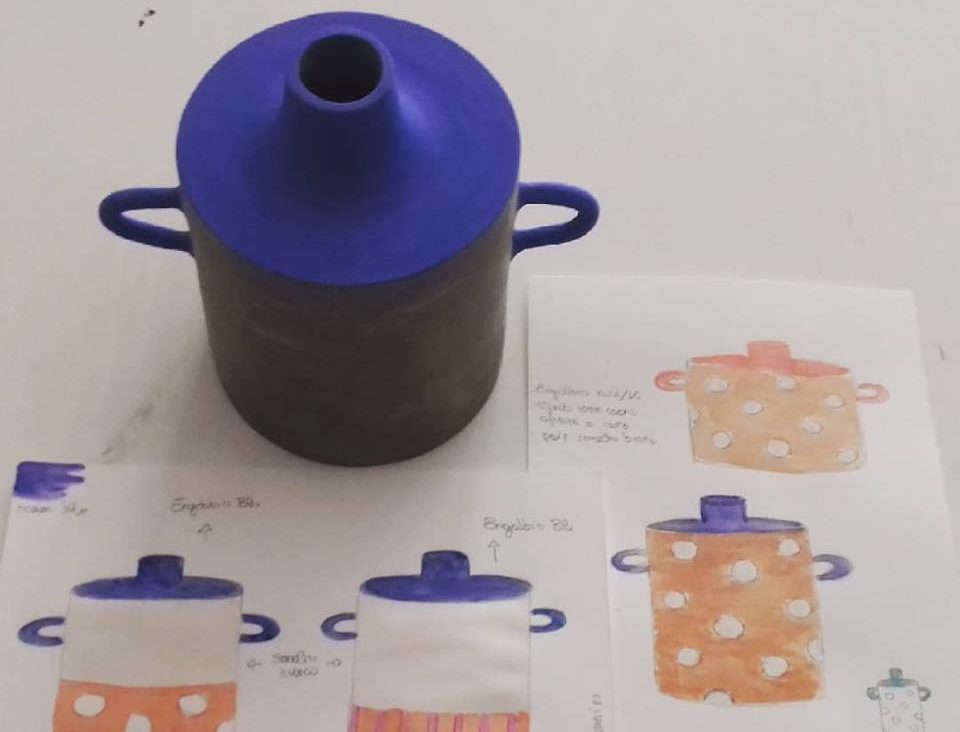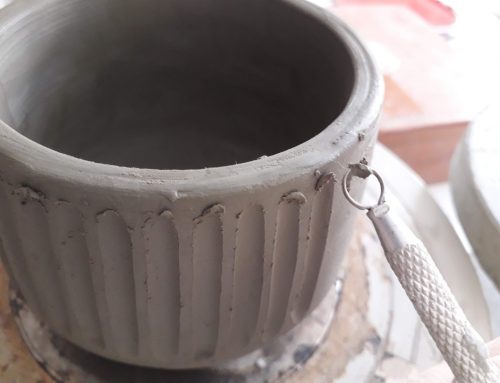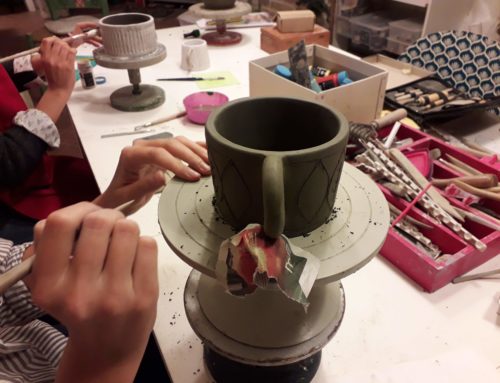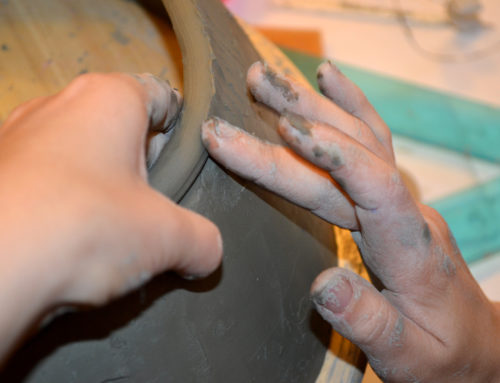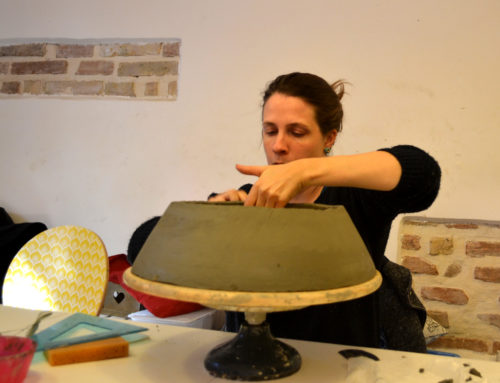Looking at the ceramic production of the past is a way to find my own style.
It is incredible how a material soft as clay can be transformed into a solid and durable object. Its plasticity makes it so ductile that it can take any shape you want. Clay is one of the first materials that human beings have worked. The history of ceramics runs parallel to the history of man from its origins to the present. It is interesting to see how different civilizations and cultures have given birth to a very rich variety of forms and objects.
The shape of an object reflects the culture and values of a certain population in a specific historical period, such as the spread of anthropomorphic and zoomorphic pitchers in pre-Columbian civilizations, or the prevalence of ovoid-shaped vases in Ancient Greece. In both cases the choice of style, color or decorative motif reflects uses and customs of the culture to which they belong. In the art of indigenous civilizations the intimate and profound link between man, nature and the animal world is clearly visible. Greek pottery arise from the need for domestic and commercial use; the quality is always very high and the style changes according to the geographical area and the epoch, from the oldest protogeometric style to the more “recent” and elegant ceramic with blacks figures originating from Corinth and red figures of Athenian production.
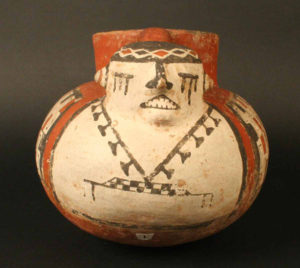
Anthropomorphic Pitcher from the collection of the Museo Chileno de Arte Precolombino, Santiago de Chile
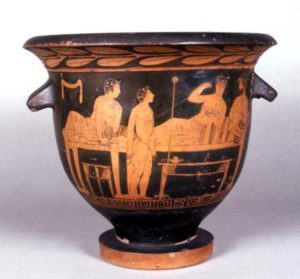
Attican red-figure krater, from the Greek collection of the “Museo Civico Archeologico”, Bologna
As for me, I am experimenting and working hard to find my style. I adore simple shapes, minimal but never banal. I love lines, both painted and engraved. I prefer monochrome colors often combined with the color of terracotta. I adore the contrast between the gloss of the crystalline and the matte effect of the surface finished with wax.
My ceramics distance from the elaborate decorations typical of many local Italian traditions, such as the beautiful and elegant figurative and floral motifs of the majolica renaissance style of Deruta and Faenza. I feel much closer to the design of northern Europe or to the ceramic production of some Japanese traditions. For example the Hagi pottery, produced mainly for tea utensils, is characterized by the sober beauty of the shapes and the delicate chromatic choice given by the application of a slightly opaque enamel.
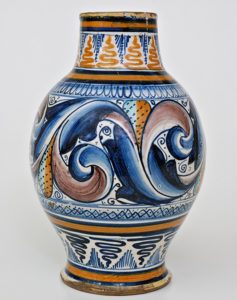
Vase with leaf motif, from “Museo Internazionale delle Ceramiche”, Faenza
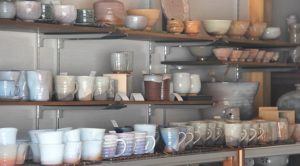
Hagiyaki Pottery, Japan-Guide.com
The research for shape is the result of a long process made of inspiration, sketches and tests. I am a great observer. I look around me a lot, I enjoy going to museums and attend exhibitions, I like going into nice shops and look at craft and design objects. Moreover, I seek for lots of images on the internet, finding sites or blogs of artisans who, just like me, have a passion for ceramics and have turned it into their work. I do a lot of research, I catalog and archive the images of objects that inspire me. I develop ideas in my head and then I translate them into real objects in the laboratory. The work I do in the laboratory is as important as the time spent searching for sources of inspiration. They are two moments in my work that run together and allow me to create always new shapes. I think that doing an exclusively introspective work in the laboratory is not very profitable, it is important to deal with the production of others and the beauty that surrounds us…there is always something new to learn.
Images Sources:
